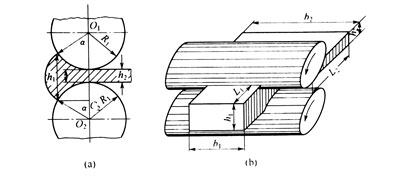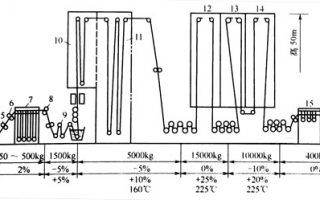The calendering process is a process in which the rubber material undergoes plastic flow deformation under the pressing force of the calender roll. To master the law of the calendering process, it is necessary to understand the force state and flow deformation law of the pressure-delay rubber compound between the rolls, such as the condition of the rubber material entering the roll distance, the force and flow state, the plastic deformation condition and the rubber compound after rolling. Shrinkage deformation, etc.
Plastic flow deformation of pressure delay compound
The action of the calender roll on the compound is the same as that of the open mill. That is, when the contact angle α between the rubber and the roller is less than the friction angle β, the rubber can enter the roller pitch. Therefore, there is a limit to the maximum thickness of the rubber that can enter the roll gap.

The pressure delay rubber material is in the axial direction of the roller, that is, the frictional resistance in the width direction of the calendering film is large, and the flow deformation is difficult; and the barrier of the rubber sheet is added, so the width change after rolling is small, that is, the pressure delay The width of the glue should be as close as possible to the width of the calender. The reduction in calendering thickness is necessarily accompanied by an increase in length. When the calendering thickness is required to be constant, the greater the glue build-up within the contact angle range of the roll, the greater the length of the film after calendering.

